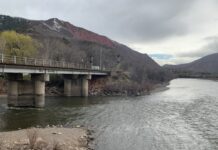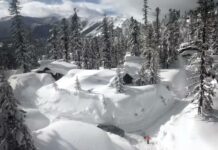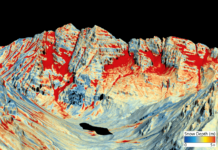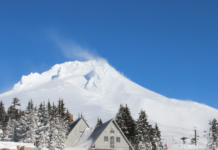Scientists studying water supply focus on weeks following peak snowpack
Water managers in the Colorado River Basin are gaining a better understanding that what happens in the weeks after peak snowpack.
Streamflow forecast down for Roaring Fork despite above-normal snowpack
Although snowpack in the mountains near Aspen is hovering above normal for this time of year, streamflows in the Roaring Fork River are predicted to be just 85% of normal for April.
Reading list: great snow journalism
If you’re looking for a crash course on snow and the Western snowpack, check out this great reporting, writing, and visual storytelling.
‘Zero Day’ for California water? Not yet, but unprecedented water restrictions send a sharp...
California’s announcement represents uncharted territory and is meant to promote water conservation in what is already a dry water year.
Data viz: explore our interactive dashboards for drought, precipitation and snowpack
These maps and visualizations let you interact with vital data on our water supply.
Why rain on snow in the California mountains worries scientists
Professor Keith Musselman explains the complex risks rain on snow creates and how they might change in a warming climate.
Melting away in a hot drought
The snowpack that 40 million people rely on for water was supposed to provide a bounty this year. Instead, much of it melted away fast and early — part of a long-term trend associated with climate change.
10 visuals that show how climate change is transforming the West’s snow and water...
The latest National Climate Assessment warns of a shrinking snowpack and serious downstream consequences.
Counting every drop: Colorado approves $1.9M for high-tech snow, water measuring program
Colorado has approved a $1.9 million snow measuring initiative that will help forecast how much water mountain snowpack will likely generate.
Climate change will mean more multiyear snow droughts in the West
Ifclimate change continues relatively unabated, consecutive years with snow drought conditions will become much more common, with impacts on cities, agriculture, forests, wildlife and winter sports.












